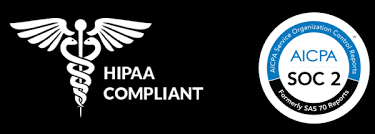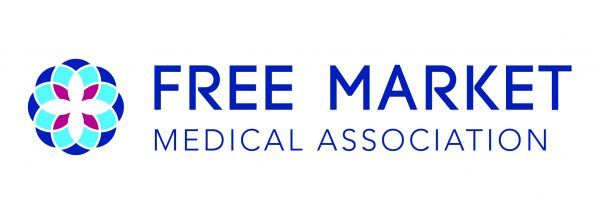Understanding Stop Loss Carriers in Self-Funded Health Plans

Self-funded health plans offer employers significant flexibility and potential cost savings compared to traditional fully insured plans. However, they also come with increased risk. This is where stop loss insurance plays a crucial role.
What is a Self-Funded Health Plan?
In a self-funded health plan, an employer assumes the financial responsibility for covering employee healthcare expenses. Instead of paying premiums to an insurance company, the employer directly pays medical claims.
The Role of Stop Loss Insurance
Stop loss insurance is a crucial component of any self-funded health plan. It acts as a safety net, protecting the employer from the risk of catastrophic claims. Here's how it works:
- Specific Stop Loss: This type of coverage protects the employer from individual high-cost claims that exceed a predetermined threshold. For example, a specific stop loss policy might cover any single claim exceeding $250,000.
- Aggregate Stop Loss: This type of coverage protects the employer from the total cost of claims exceeding a predetermined aggregate amount within a specific period (usually a year). For example, an aggregate stop loss policy might cover any claims exceeding $1 million in total for the year.
How Stop Loss Carriers Help Employers
- Predictability: Stop loss insurance helps employers better predict their healthcare costs. By setting specific and aggregate limits, employers can budget more effectively and avoid unexpected financial shocks.
- Risk Mitigation: Stop loss coverage significantly reduces the risk of large, unpredictable claims that could severely impact the employer's financial stability.
- Budget Stability: With stop loss in place, employers can better control their healthcare spending and maintain budget stability, which is crucial for long-term financial planning.
- Access to Expertise: Stop loss carriers often provide valuable expertise in claims management, data analysis, and risk management strategies. This can help employers make informed decisions about their healthcare plans and improve overall plan performance.
Key Considerations When Choosing a Stop Loss Carrier
- Financial Strength: It's crucial to choose a financially stable stop loss carrier with a strong track record of paying claims.
- Coverage Options: Carefully evaluate the specific and aggregate stop loss options offered by different carriers to ensure they align with your company's risk tolerance and budget.
- Service Quality: Consider the level of service provided by the carrier, including claims processing speed, customer support, and access to data and analytics.
- Pricing and Contract Terms: Negotiate competitive pricing and carefully review the terms and conditions of the stop loss contract to ensure you understand all the coverage details and exclusions.
The Benefits of Self-Funding with Stop Loss
When implemented effectively, a self-funded health plan with stop loss insurance can offer several significant benefits:
- Cost Savings: Self-funding can potentially lead to significant cost savings compared to traditional fully insured plans.
- Flexibility: Self-funded plans offer greater flexibility in plan design and benefit options. Employers can tailor their plans to meet the specific needs of their workforce.
- Improved Employee Health Outcomes: Self-funded plans often encourage employers to invest in wellness programs and preventive care initiatives, which can improve employee health and reduce long-term healthcare costs.
- Data-Driven Decision Making: Self-funding provides employers with access to detailed claims data, which can be used to analyze healthcare trends, identify areas for cost improvement, and make data-driven decisions about their healthcare strategy.
Conclusion
Stop loss insurance is an essential component of any successful self-funded health plan. By carefully selecting a stop loss carrier and understanding the nuances of the coverage, employers can effectively manage their healthcare costs, mitigate risk, and improve the overall health and well-being of their workforce.
Disclaimer: This blog post is for informational purposes only and should not be construed as financial or legal advice.
Note: This blog post provides a general overview of stop loss insurance in self-funded health plans. The specific terms and conditions of stop loss coverage will vary depending on the carrier and the specific plan design.



